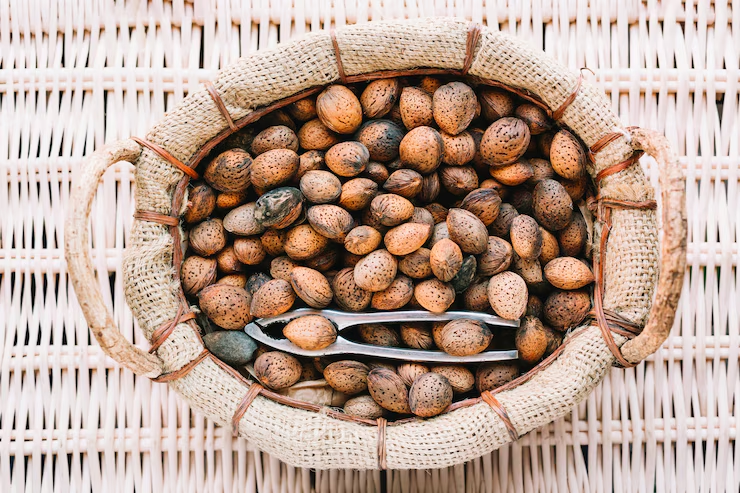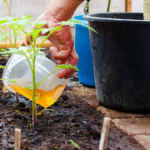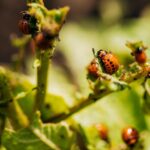Pecans are one of the most popular nuts in the world, prized for their rich flavor and versatility in baking, cooking, and snacking. For anyone growing pecan trees — whether in a backyard orchard or a larger farm — understanding the right way to harvest and process pecans is essential to ensure high quality and long shelf life. Timing, technique, and proper storage all play a crucial role in maximizing your pecan harvest.
Pecan harvesting begins in late autumn, usually between late September and November, depending on the climate and variety. The key indicator that pecans are ready to harvest is when the green outer husk, or shuck, splits open, revealing the brown shell underneath. At this point, the nuts naturally begin to fall from the tree. While some nuts will drop on their own, shaking the tree — either by hand or with mechanical shakers for larger operations — helps speed up the process.
Once the pecans fall to the ground, it’s important to gather them quickly. Leaving them too long can lead to mold growth, rot, or damage from pests and animals. Use rakes or nut rollers to collect the fallen nuts. For large-scale harvesting, sweepers and mechanical harvesters make the job faster and more efficient.
After collection, the next step is cleaning. Pecans should be separated from leaves, twigs, and husks. Washing them with clean water helps remove dirt and bacteria. Once washed, spread the nuts out in a single layer to dry thoroughly. Proper drying is crucial because pecans retain moisture and can spoil if stored while still damp. Air-drying for a few days in a well-ventilated area works for small batches, while commercial growers may use forced-air drying systems to speed up the process.
Once the pecans are dry, they can be stored in their shells or cracked and shelled. For best results, pecans should be cured before shelling — a process that involves storing them in a cool, dry place for 2 to 3 weeks. Curing helps develop the flavor and ensures the kernels separate more easily from the shells. When shelling, take care to preserve the integrity of the nutmeat, especially if the pecans will be sold or used in recipes that call for whole halves.
After shelling, the pecans can be eaten immediately, roasted, or stored for future use. To maintain freshness, store shelled pecans in airtight containers in the refrigerator or freezer. Unshelled pecans have a longer shelf life and can be stored in a cool, dry place for several months.
Harvesting and processing pecans is a rewarding process that requires patience, timing, and attention to detail. Whether you’re a home grower or a commercial producer, following these steps helps ensure your pecans are flavorful, clean, and ready for market or kitchen use. With the right care, every harvest can yield a bounty of delicious, high-quality pecans.







